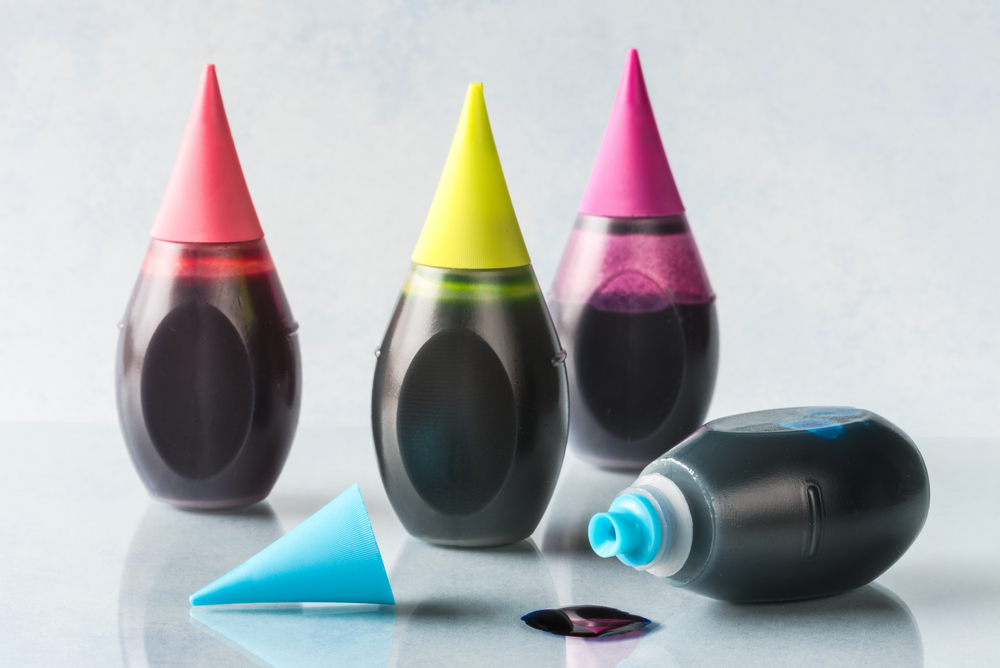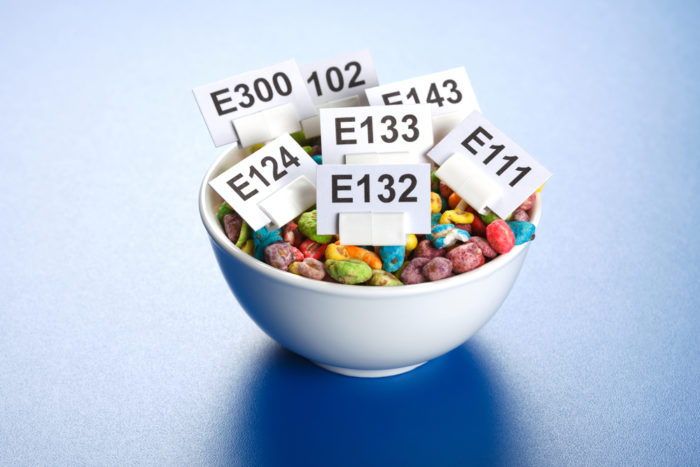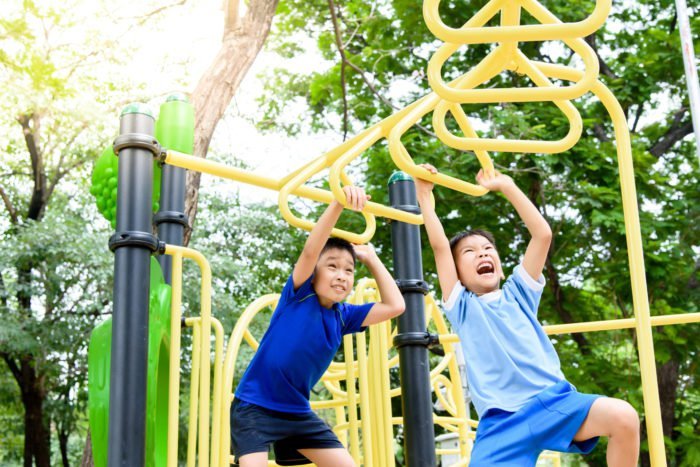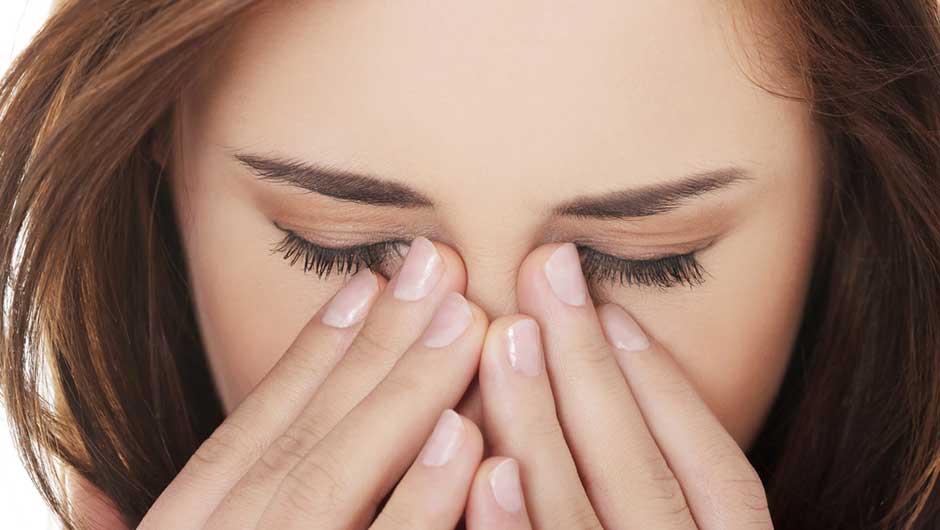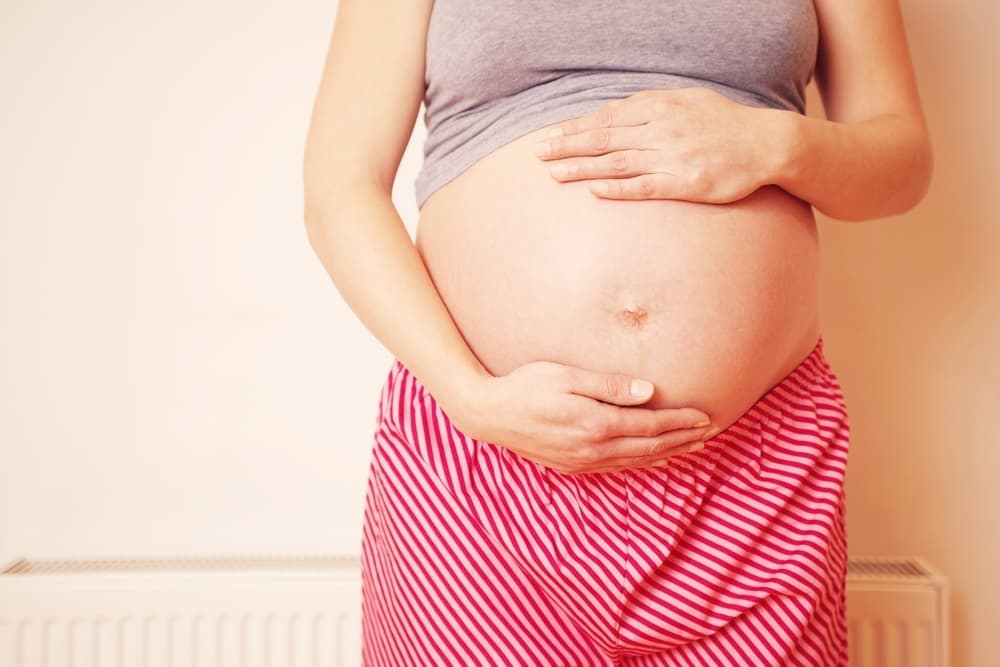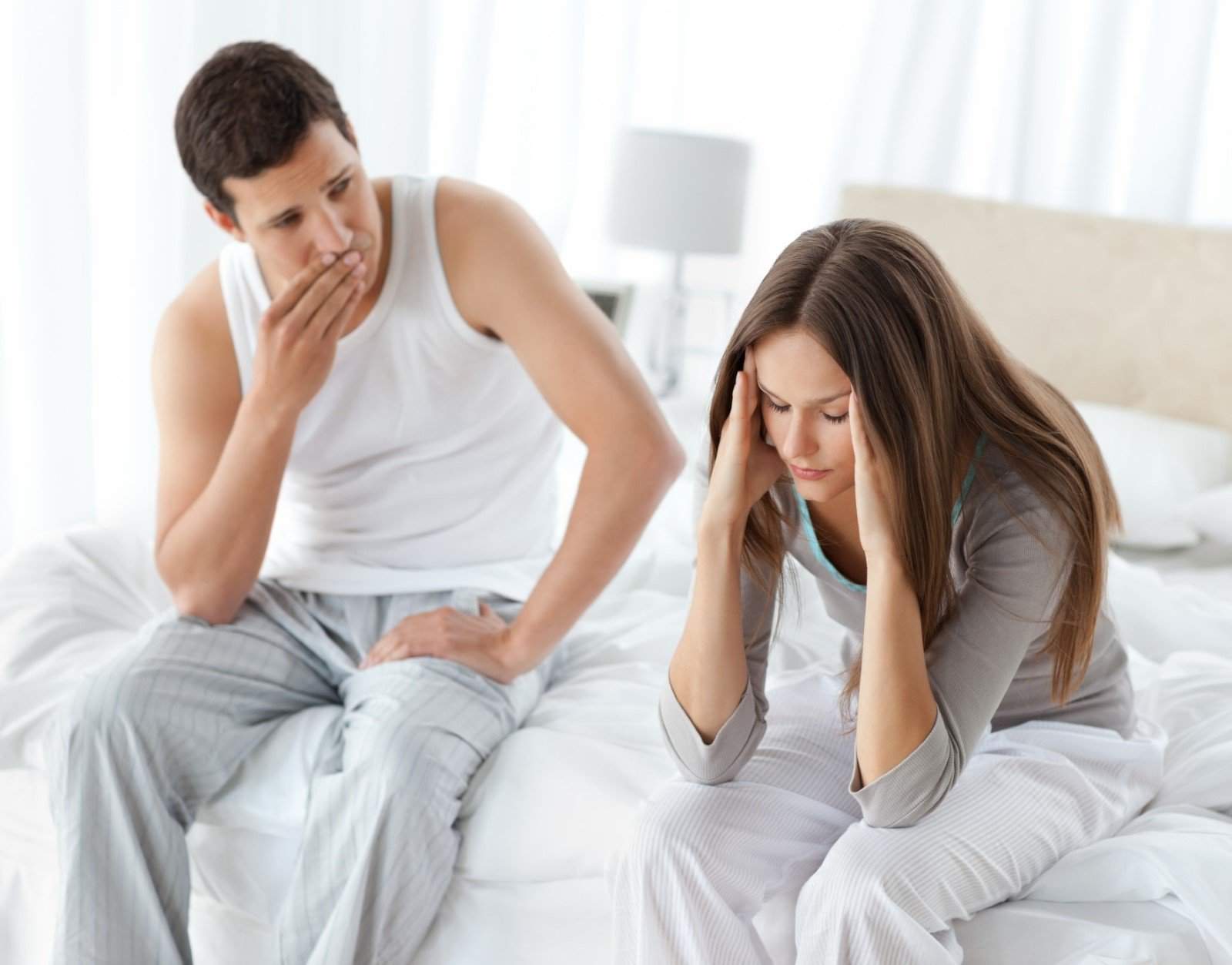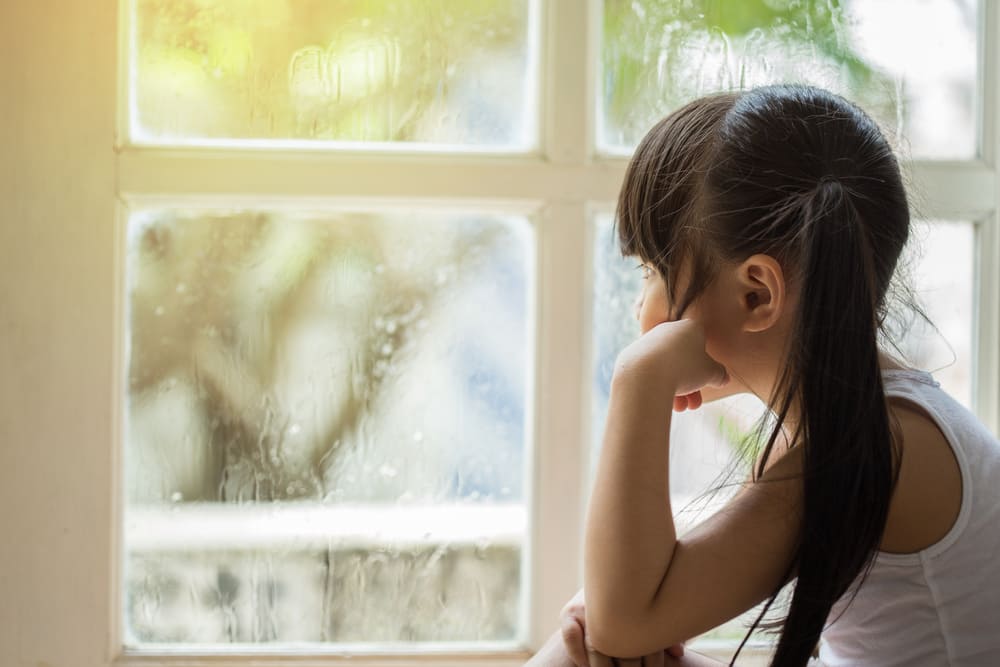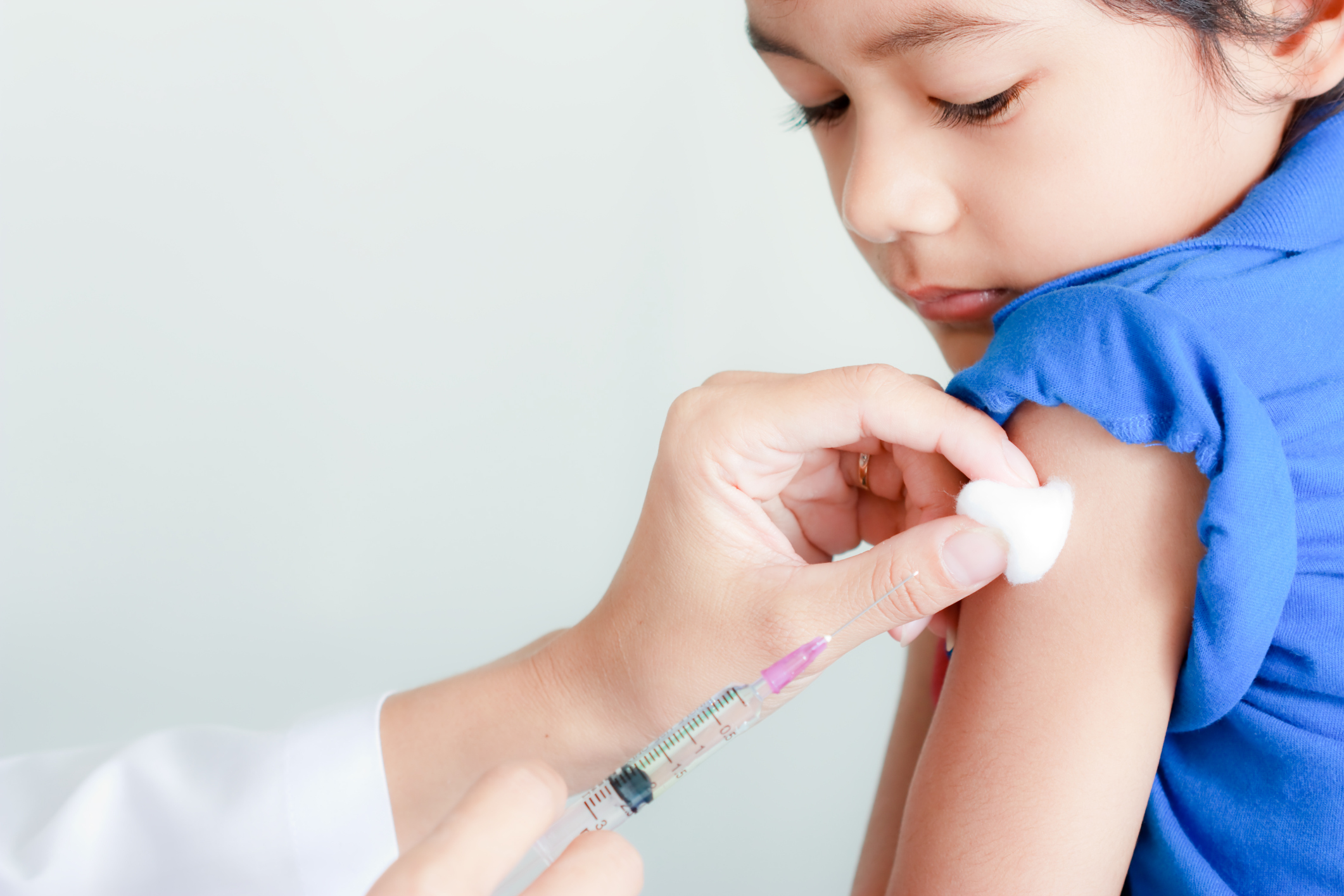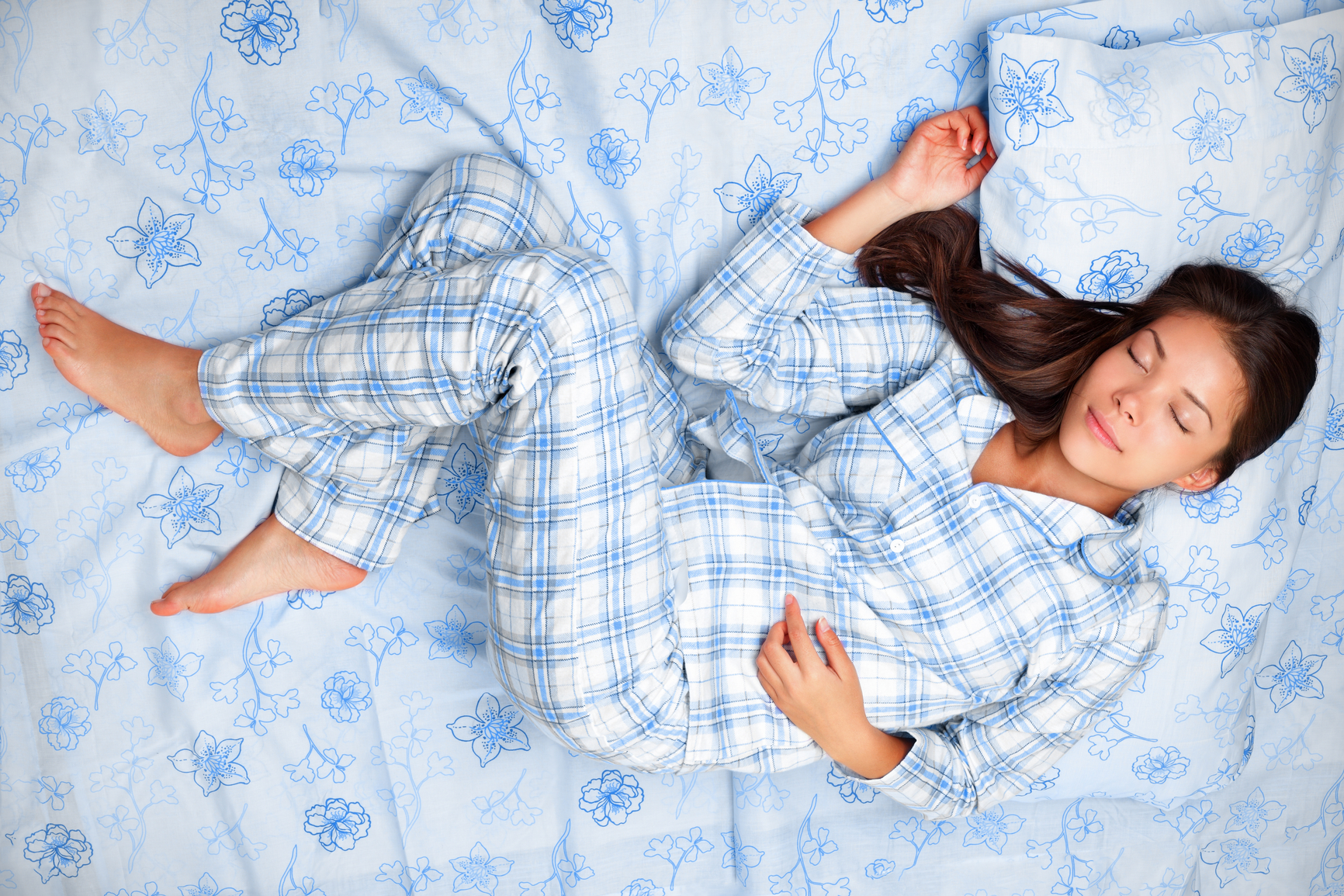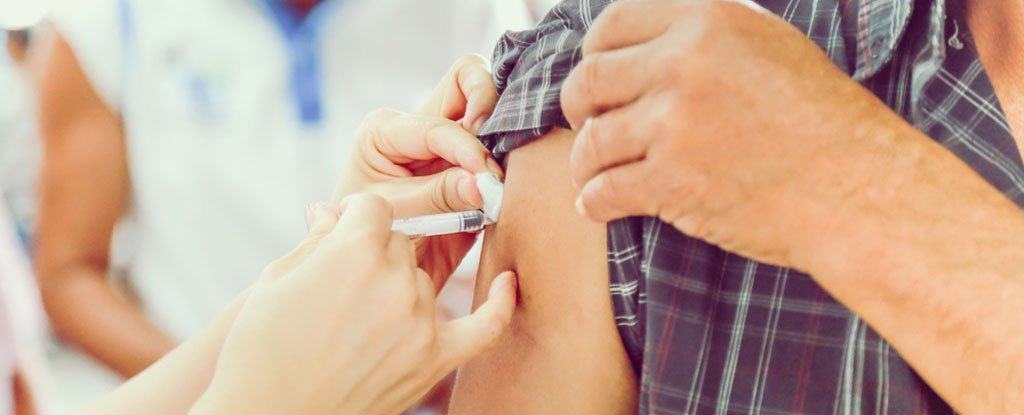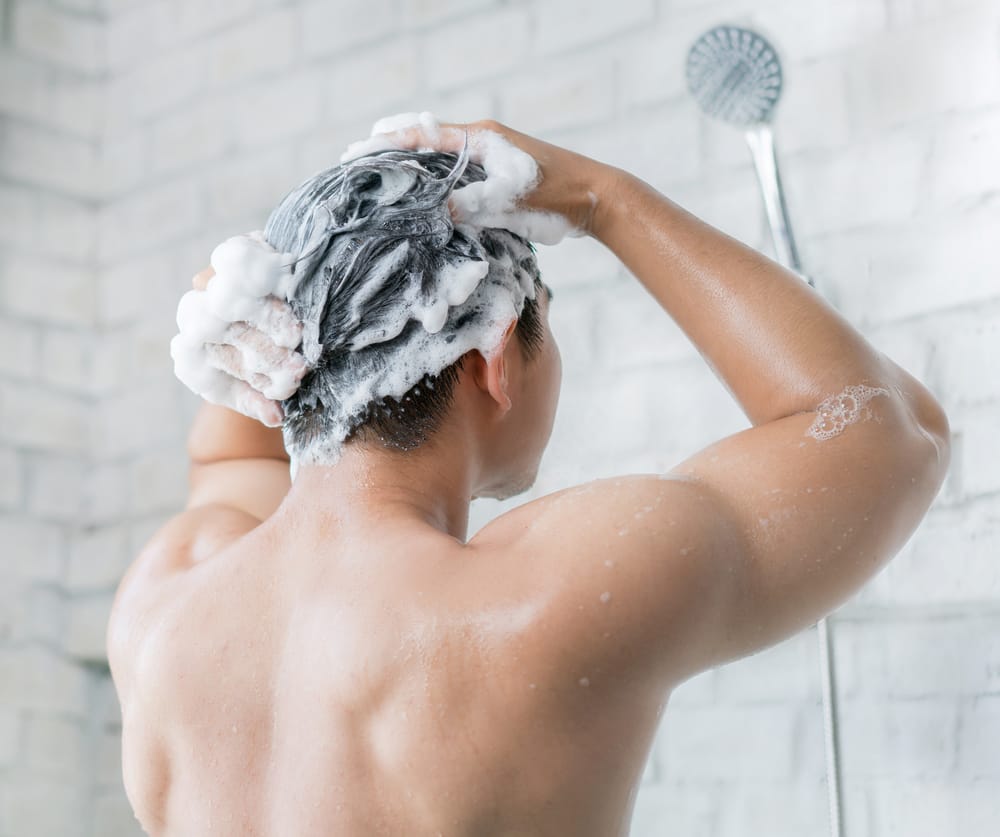Contents:
- Medical Video: Autism and Artificial Food Coloring
- The content and type of food coloring
- Is it true that artificial food coloring makes the child hyperactive?
Medical Video: Autism and Artificial Food Coloring
Colorful food does attract attention, especially for children. However, you still need to be aware of the effects of artificial food coloring on children. Although mostly safe, several studies have shown a link between artificial food coloring and an increased tendency for hyperactivity in children. Is that true?
The content and type of food coloring
Food coloring is a chemical used to add color to food. These dyes are often added to processed foods, drinks, and even spices. Usually this one material is used to enhance the appearance of food to make it more attractive.
There are two types of food coloring, which are soluble and insoluble in water. Types of water-soluble dyes are usually in the form of powder, granules, or liquids while the insoluble ones are intended for products containing fat and oil.
Various products containing food coloring will be tested for safety by the Food and Drug Supervisory Agency (BPOM). So, various products on the market that contain dyes have passed the test and are considered safe for consumption, as long as there is a POM Agency registration number.
Here are some types of artificial food coloring that are safe to use, namely:
- Red No. 3 (Erythrosine), cherry red which is commonly used in sweets and pasta for cake decorations.
- Red No. 40 (Allura red), dark red which is used in sports drinks, sweets, herbs, and also cereals.
- No. Yellow 5 (Tartrazine), the yellow lemon color used in sweets, soft drinks, chips, popcornand cereal.
- No. Yellow 6 (Sunset yellow), orange-yellow color used in sweets, sauces, baked goods, and preserved fruits.
- Blue No. 1 (brilliant blue), greenish-blue used in ice cream, canned peas, packaged soup, and cake decorating ingredients.
- Blue No. 2 (Indigo carmine), bright blue used in sweets, ice cream, cereals, and snacks.
Is it true that artificial food coloring makes the child hyperactive?
Various studies have been conducted to test the effects of artificial food coloring on children's behavior. Initially, in 1973 a child allergist stated that hyperactivity and learning problems in children were caused by coloring artificial foods and preservatives in food.
Then research conducted by the United Kingdom's Food Standards Agency in 2007 showed similar evidence that stated that eating foods containing artificial food coloring can increase hyperactivity in children.
This study tested children aged 3, 8 and 9 years. These three age groups are given different types of drinks to see their influence. Each drink has the following ingredients:
- The first drink contains food coloring made by sunset yellow (E110), carmoisine (E122), tartrazine (E102), and ponceau 4R (E124).
- The second drink contains sodium benzoate coloring and preservatives. The coloring mixture is quinoline yellow (E104), allura red (E129), sunset yellow, and carmoisine.
- The third drink is placebo (no content or chemical substance, only used as a comparison in research or clinical trials) and does not contain additives.
From the results of the study, it was found evidence that hyperactivity in children aged 8 and 9 years increased when drinking the first and second drinks. While the hyperactivity level of children 3 years old increases after drinking the first drink but not so much after drinking the second drink.
From the results of these studies, experts concluded that the effects of artificial food coloring positively had an impact on the hyperactivity of children.
In addition, quoted from Healthline, another study showed that 73 percent of children with ADHD showed a reduction in symptoms when artificial food coloring and preservatives were removed from their diet.
However, researchers at Southampton University found that the genetic component determines how food coloring affects children's behavior. The effects of artificial food coloring have also been observed in children without ADHD. As a result, some children including those with ADHD do have a higher level of sensitivity to chemicals than others.
So to prevent the harmful effects of artificial food coloring in children, it's good to limit intake. If you want to be creative in making colorful foods, try to use natural dyes such as suji leaves for green, purple yams for purple, and turmeric for yellow. Even though the colors produced are not as attractive as artificial food coloring, natural dyes are safer and healthier for your baby.

